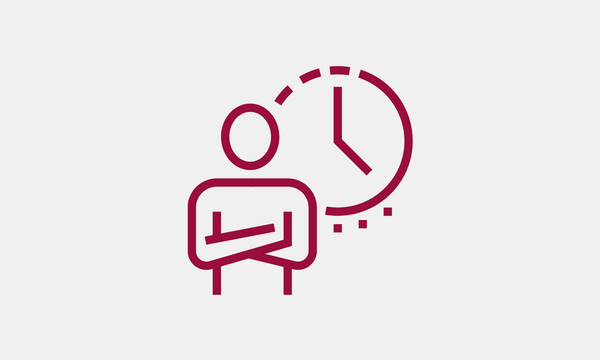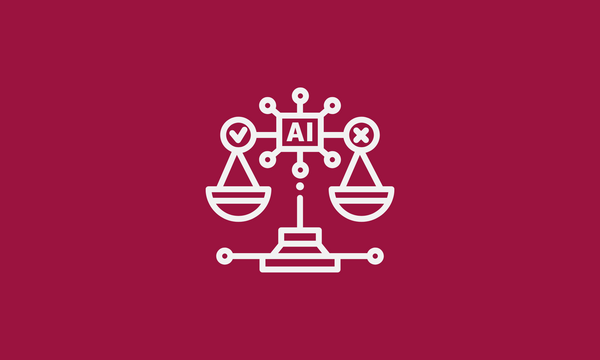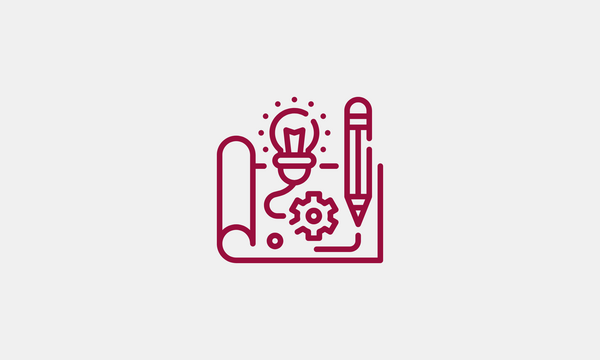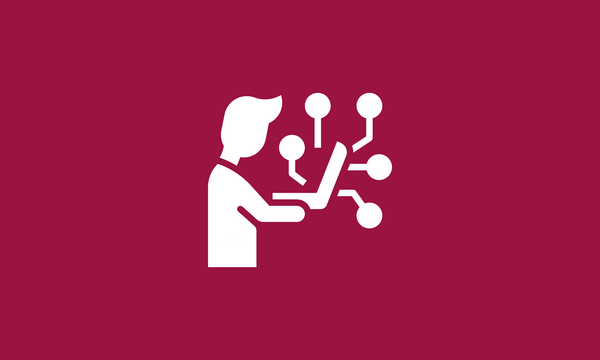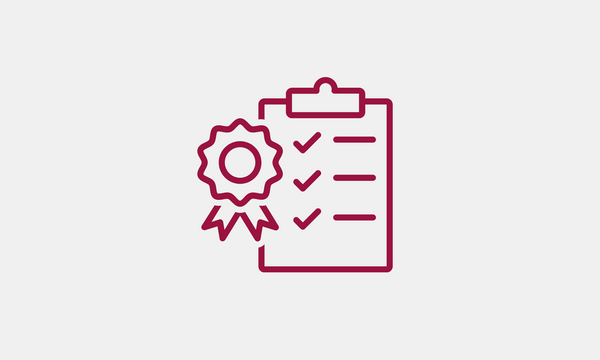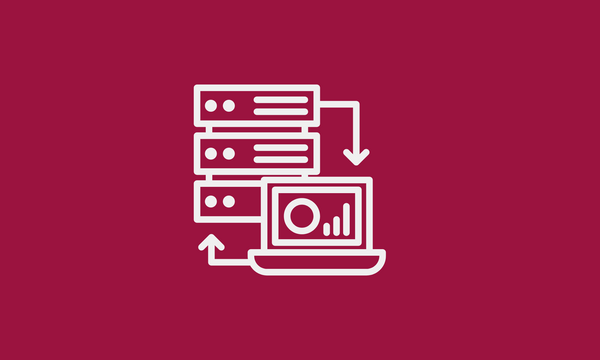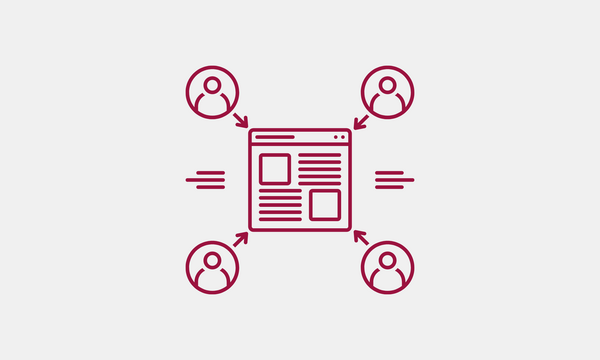Webinar: Navigating Away from Legacy Technology in Government

Across Canada, governments are dealing with aging legacy systems and technologies, which pose a greater risk of service failure but remain notoriously difficult to upgrade or retire.
Maybe you’re dealing with one of these systems yourself, either struggling to use it in your day-to-day work or facing the prospect of replacing something that has existed in one form or another for decades.
Earlier this month, we hosted a webinar with our CEO Dorothy Eng, Design Chapter Lead Kay Nadalin, and Nova Scotia’s Cyber Security and Digital Solutions, Program Executive, Jason Rideout, where they led an interactive session on navigating away from legacy technology in government.
Watch the recording below to learn about how C4C helped Nova Scotia decide on the right path forward for a legacy digital tool, then read Dorothy’s responses to extra audience questions below.
Want to follow along with the webinar’s interactive activity? Sign up for our newsletter to get your own copy of our Assumptions Canvas workbook.
How can you change decision makers' mindset of, "If it ain't broke, don't fix it," and make them see the risk of not taking action?
Gathering user feedback is the most effective and powerful way to show the risk of not taking action.
If a service or system is not working for users, doing user research and collecting feedback through user interviews or surveys will quickly reveal that. That perspective can help create a wake-up call for decision-makers and inform their priorities.
How can you convince leaders that legacy tech modernization is worth the significant resources. What metrics should you use?
If you have qualitative service metrics like user satisfaction, service completion rates, time to complete, and drop-off metrics, these are extremely helpful in starting to tell the story of what is not working across a service. If you don’t have that data, then doing user interviews and survey campaigns are effective ways of getting it.
Imagine you’ve done that same exercise across all of your services — now you have a clear picture of what is not working at a macro-level across the organization. This information can help leaders justify allocating resources to address legacy technology challenges.
Any thoughts on how to measure a service’s performance? How do you measure improvements over time?
There are many things that can be measured to determine service quality and performance—sometimes, there are too many possibilities!
At C4C, we always like to go back to the basics — Lou Downe's Good Services principles are a good starting point for understanding what makes a good service.
We also strongly encourage incorporating usability and user experience assessments to better understand how well digital products are supporting services.
How can teams bridge the gap between the legacy system knowledge held by long-time employees and the skills required for newer technologies?
Before we jump to tactics to bridge gaps among employees, it’s important to question your assumptions about the current state of your legacy technologies or systems. For resource-constrained governments, it may not make the most sense to take on the complex task of modernizing legacy systems themselves.
We’ve found, using the Options Analysis framework, that sometimes the ideal approach is to partner with an external technology provider. In that case, the skills we would want to ensure government teams are building center around product management and agile methodologies, so they can partner with vendors in an effective way that delivers value to the public.
What is the cost model for the Options Analysis service from Code for Canada?
As a nonprofit organization dedicated to delivering benefits to the public, we aren’t profit-driven. All of our engagements are priced to simply recover our costs. On average, our cost model is 30 to 40 percent lower than most technology vendors in Canada.
The specific cost for an Options Analysis engagement depends on the complexity of the digital service. We’re happy to chat about your service and see if Options Analysis is right for you!
Want to learn more?
Get in touch to learn more about how we can work together.
